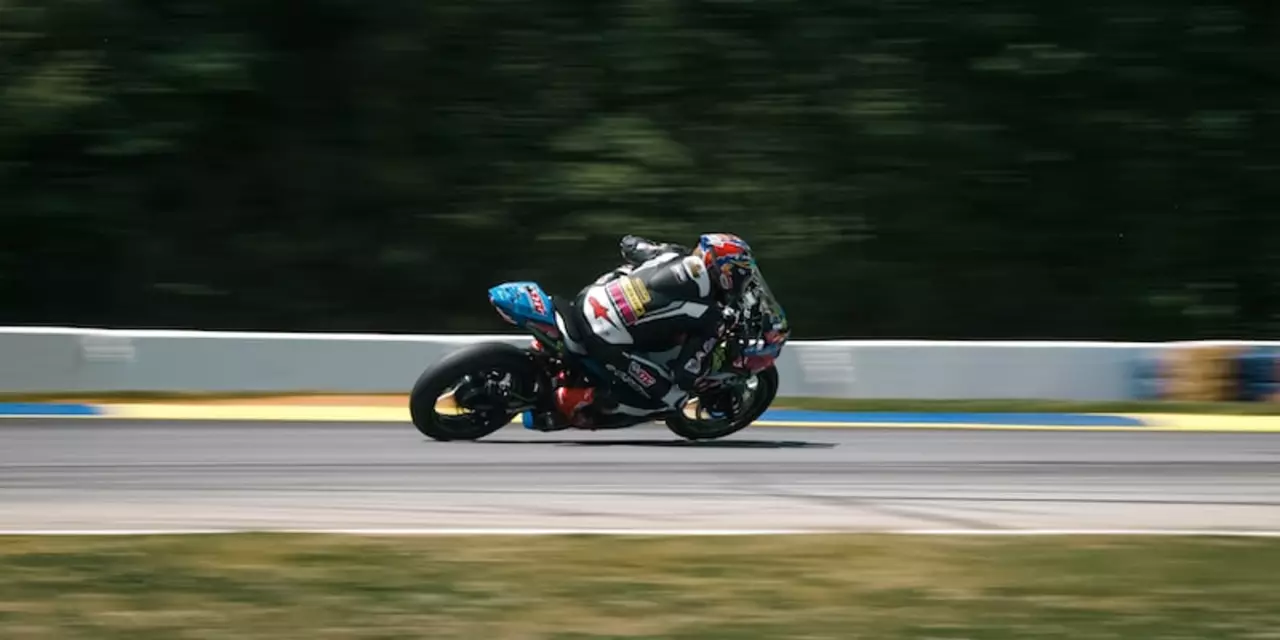Superbike racing is an adrenaline-filled and highly competitive form of motorbike racing. To get started in this exciting sport, one must first be in possession of a motorcycle that meets the relevant regulations and possess the appropriate licenses. Once these are obtained, it is important to understand the different racing classes and choose one that best suits your budget and experience. After that, one must join a racing team and practice regularly to improve their skills and gain experience. Finally, one should familiarize themselves with the rules and regulations of the specific racing class and make sure they are always prepared and ready to compete.
Motorcycle Racing: From Superbike to MotoGP – Your Quick Start Guide
If you love the roar of a big engine and the feel of speed, motorcycle racing might be your next obsession. From the high‑tech world of MotoGP to the street‑legal thrills of WSBK, there’s a class for every budget and skill level. The good news? You don’t need a million‑pound team to get on the track. With the right bike, a valid license, and a plan, you can start learning fast.
Choosing the Right Bike and License
The first step is picking a bike that matches the series you want to race. Superbike classes require a bike that meets specific engine‑size rules, while MotoGP bikes are purpose‑built prototypes. If you’re just testing the waters, look for a street‑legal sport bike that can be modified to fit class rules. Next, you’ll need a competition licence. In the UK, that means passing the MC1 (or MC2 for higher categories) and completing a basic race‑craft course. The paperwork might feel heavy, but it’s the safety net that lets you race legally.
Building Skills and Finding a Team
Once you’ve got the bike and licence, it’s time to practice. Start with track days at a local circuit – most clubs run beginner sessions where you can learn braking points, cornering lines, and how to handle the bike at full lean. Record your laps, compare times, and work on one improvement per session. After a few weeks, look for a racing team. Teams often scout talent at club events, so show up, be friendly, and let them see your dedication. A good team will give you a mentor, a bike setup, and a chance to race in official events.
Safety gear can’t be overstated. A full‑face helmet, leather suit with back protection, gloves, and boots are the basics. Invest in quality; cheap gear can cost you more in injuries. Many tracks also require a fire‑retardant suit and a blankie for post‑crash protection. Check the event regulations before you sign up.
Understanding the rules of your chosen class is crucial. Each series has its own race format, pit‑stop rules, and technical specifications. Spend an hour reading the rulebook before your first race weekend – it saves frustration and penalties. If you’re confused, ask the officials or more experienced riders. Most will gladly explain the quirks of WSBK’s weight‑limit rules or MotoGP’s fuel‑flow limits.
Budget planning is another real‑world step. Racing isn’t cheap, but you can control costs. Start with a modest bike, use reused parts, and limit travel to regional events. Many clubs run “entry‑level” championships with lower entry fees and prize money that can help offset expenses.
Networking also opens doors. Join local rider forums, attend bike shows, and follow racing blogs. You’ll hear about upcoming races, sponsor opportunities, and tech tips. The post “How to get started in superbike racing (WSBK, MotoGP)?” on our site breaks down these steps in more detail – give it a read for a deeper dive.
Finally, stay consistent. Racing skill builds over time, like any sport. Keep a training log, note what works, and adjust your bike setup based on feedback. Celebrate small wins – a faster lap time, smoother corner entry, or simply finishing a race without incident.
Motorcycle racing offers an adrenaline rush you can’t get from any other hobby. With the right bike, licence, practice routine, and a supportive team, you’ll move from the first lap to the podium faster than you think. Ready to hit the track? Grab your helmet, book a track day, and start the journey today.
